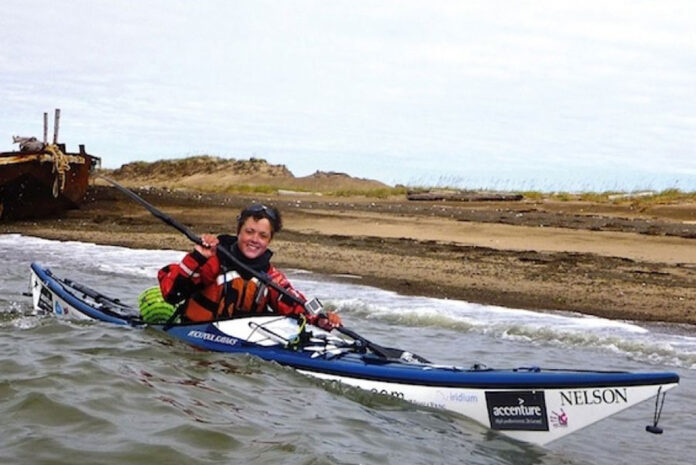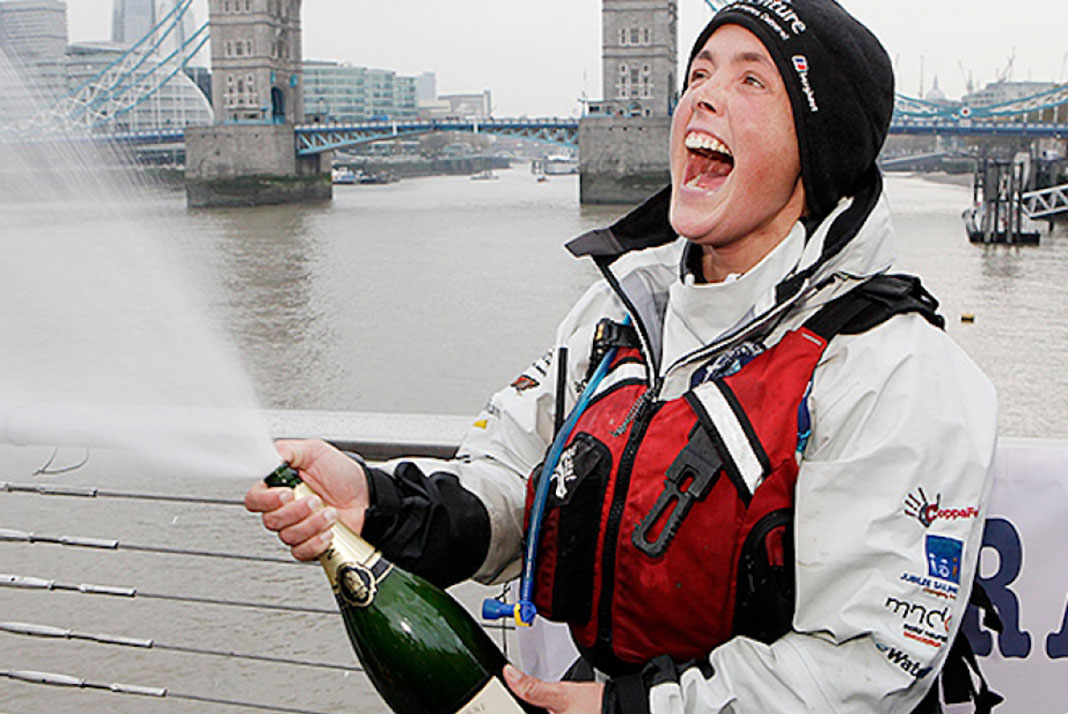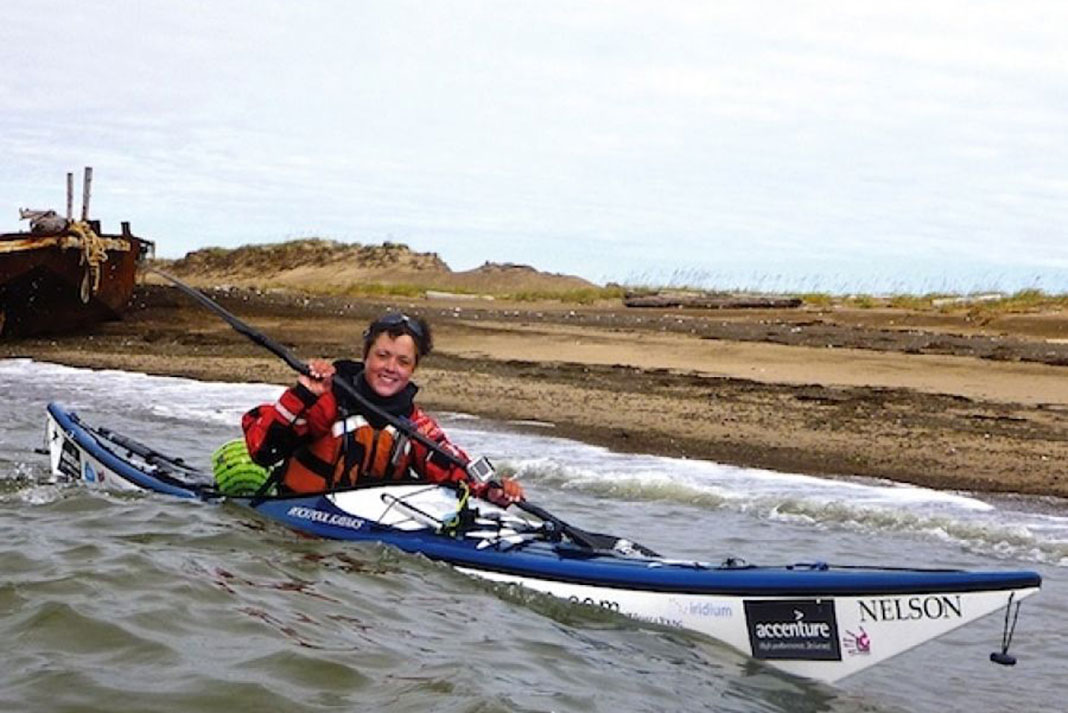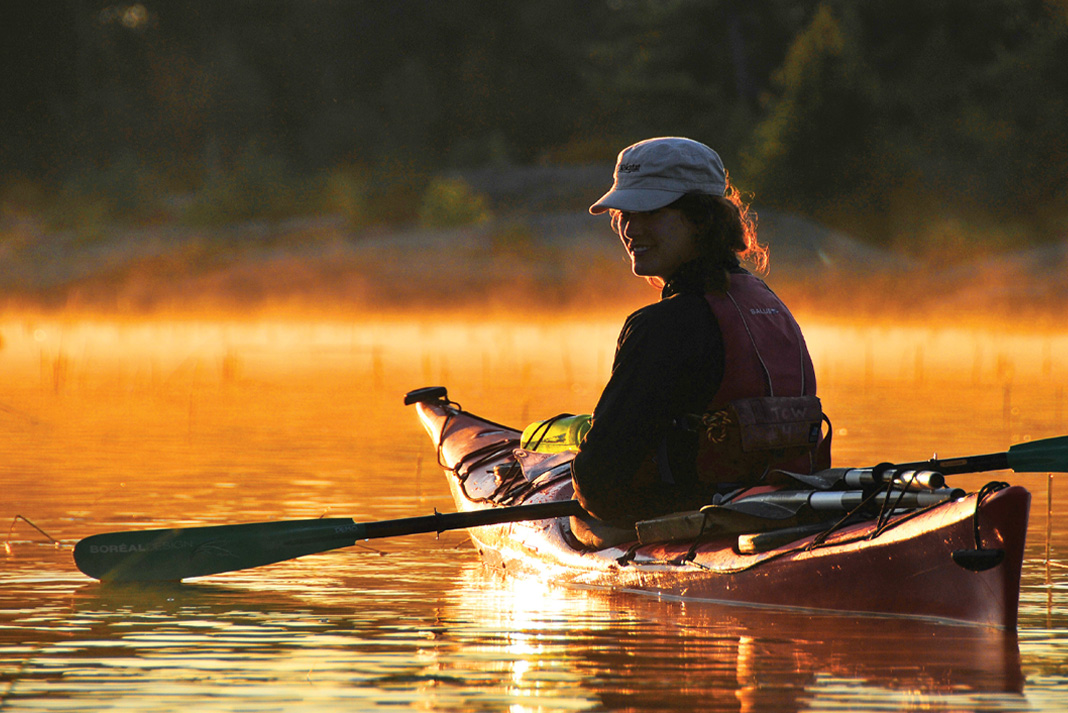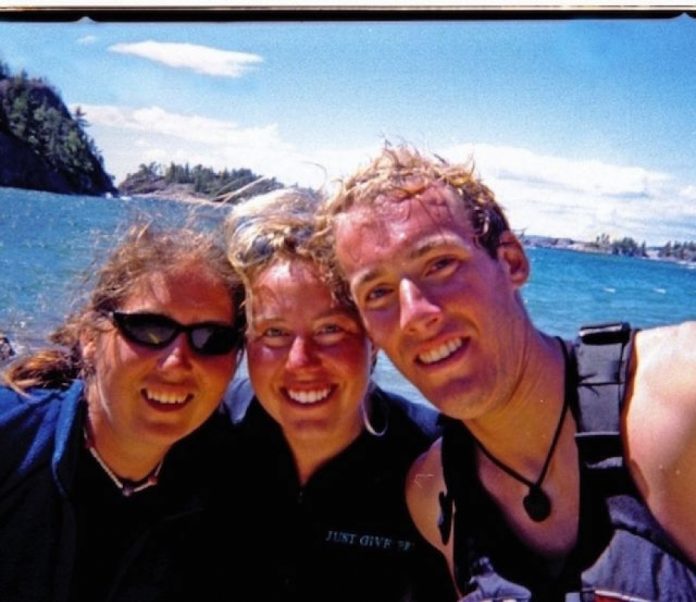Aldo Leopold was a man who wore many hats: writer, philosopher, forester, professor, wildlife manager. And canoeist.
Born in Iowa in 1887, and a graduate of Yale’s School of Forestry, Leopold spent his early professional days in the American Southwest. But he is best remembered for his later years in central Wisconsin, the scene of his classic literary work, A Sand County Almanac.
Sand County is a month-to-month collection of outdoor observations and essays about wilderness, wildlife and the American land ethic. After its publication in 1948— ironically the same year Leopold died of a heart attack while fighting a brush fire on a neighbor’s farm—the book developed a life of its own. It captured an immediate and devoted readership and thrust Leopold into the same company as Thoreau and John Muir—men whose writings have had profound impact on the meaning of nature to humankind and the value of wilderness to our survival.
To Leopold, wilderness encompassed many things, tangible and otherwise, but more than anything else it was a place “big enough to absorb a two weeks’ pack trip, and
kept devoid of roads, artificial trails, cottag- es or other works of man.”
In Sand County, Leopold lamented the fact that self-propelled backcountry travel was rapidly disappearing from the American scene. He wrote: “Your Hudson Bay Indian now has a put-in, and your mountaineer a Ford.” He implored those interested in opening up every last vestige of the country to motorized traffic to pause and reflect. “Mechanized recreation already has seized nine-tenths of the woods and mountains; a decent respect for minorities should dedicate the other tenth to wilderness.”
When Leopold wanted to escape “from too much modernity,” he would seek relaxation on one of Wisconsin’s few remaining undeveloped rivers.
One of his favorites was a 50-mile stretch of the Flambeau within the 90,000-acre Flambeau River State Forest. His impressions then are hauntingly similar to those that paddlers experience today on many of America’s “wild” rivers.
“When I finally launched my own canoe in this legendary stream,” he wrote, “I found it up to expectations as a river, but as a wilderness it was on its last legs.”
Leopold was gravely concerned that civilization’s voracious appetite for wild land would ultimately threaten not only the Flambeau, but all areas that had yet to see a bulldozer, dam or timberjack.
Despite its shortcomings, he heaped praise on the Flambeau: “…at early dawn one can still hear it singing in the wilderness.”
It’s up to all of us to keep that song alive for future generations. Otherwise, as Leopold mused in closing his chapter on the Flambeau: “Perhaps our grandsons, having never seen a wild river, will never miss the chance to set a canoe in singing waters.”
– Larry Rice has canoe-camped on the Flambeau and is glad to report that its tree-lined shores, abundant wildlife and nice stretches of whitewater still make it one of the most beautiful paddles anywhere.



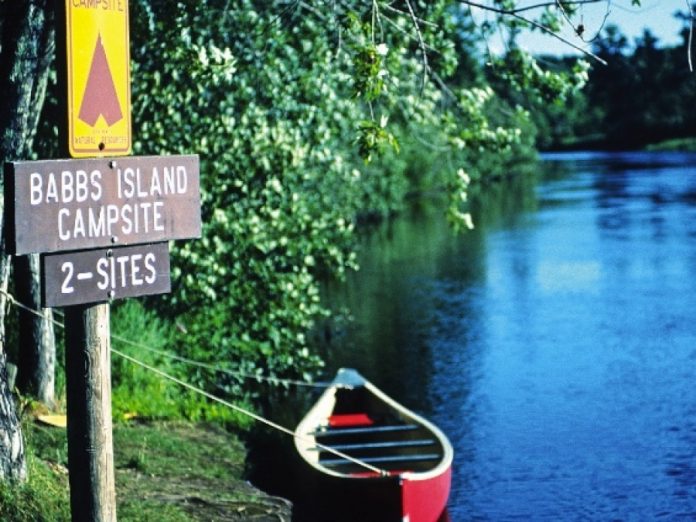


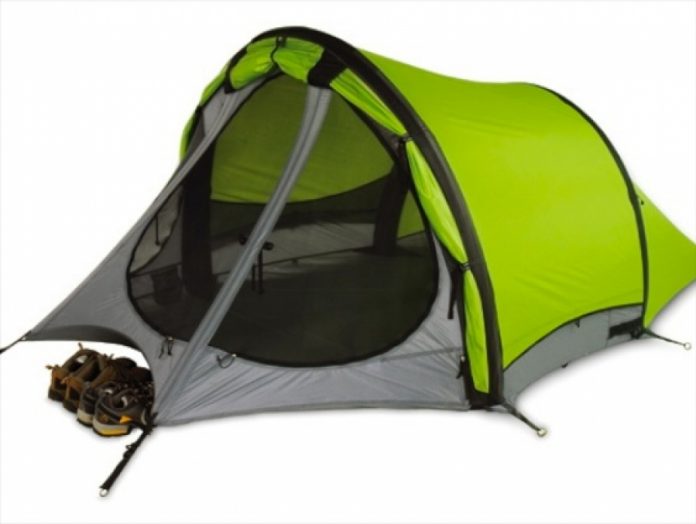
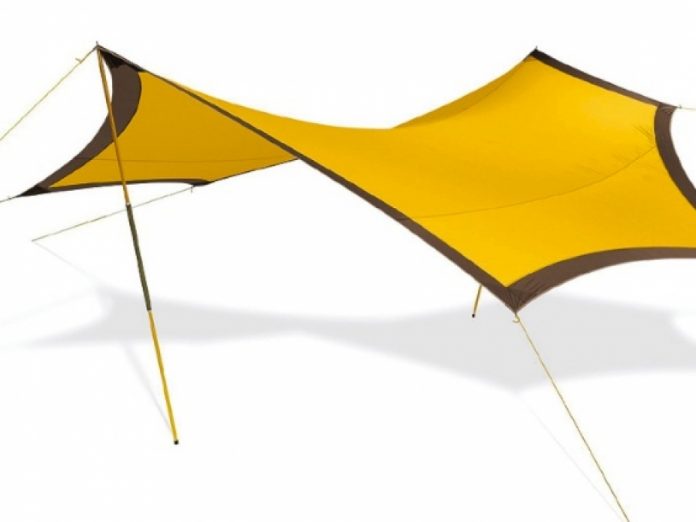
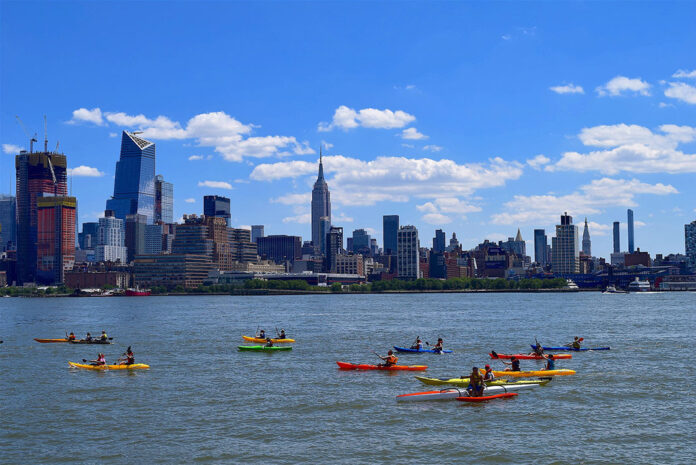
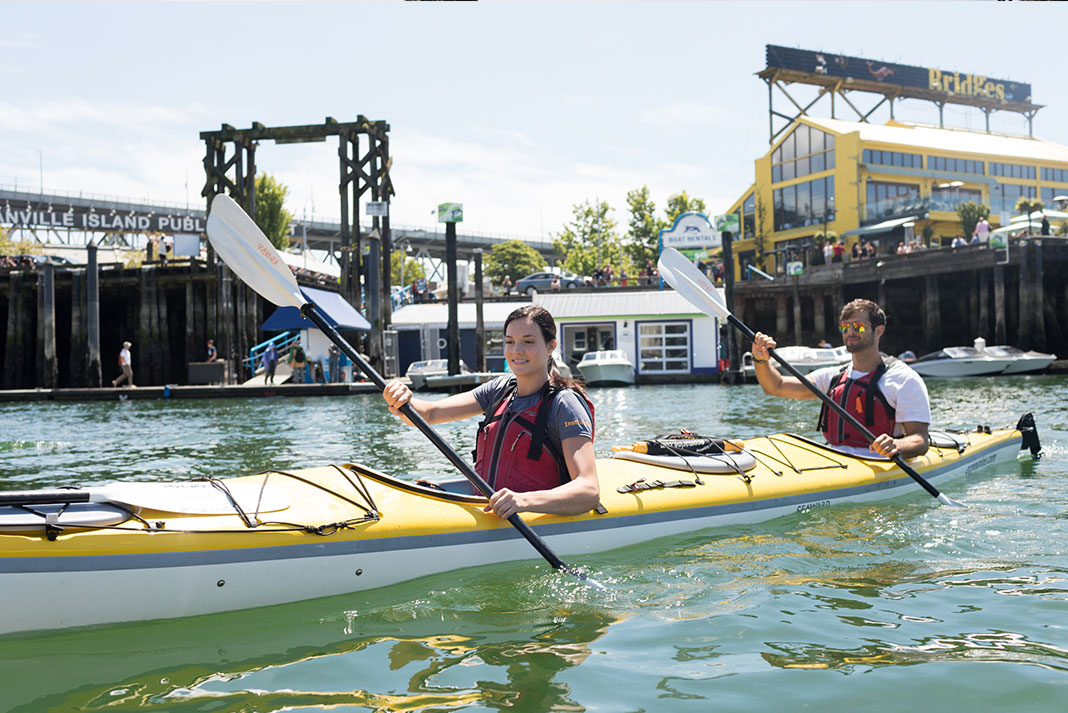

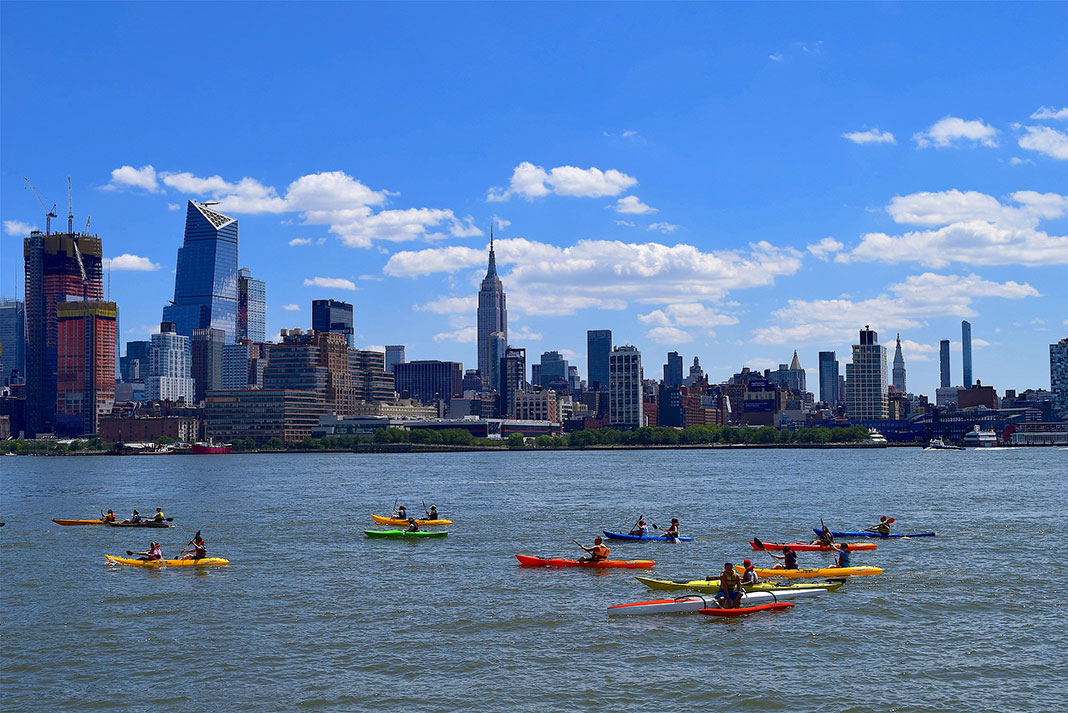
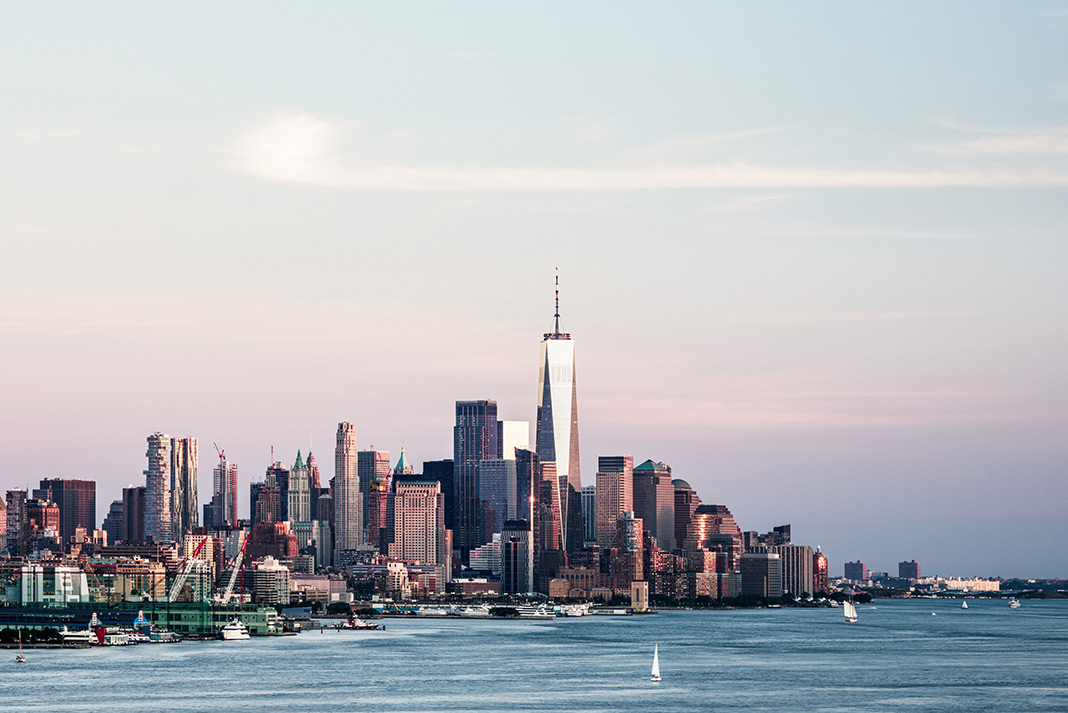
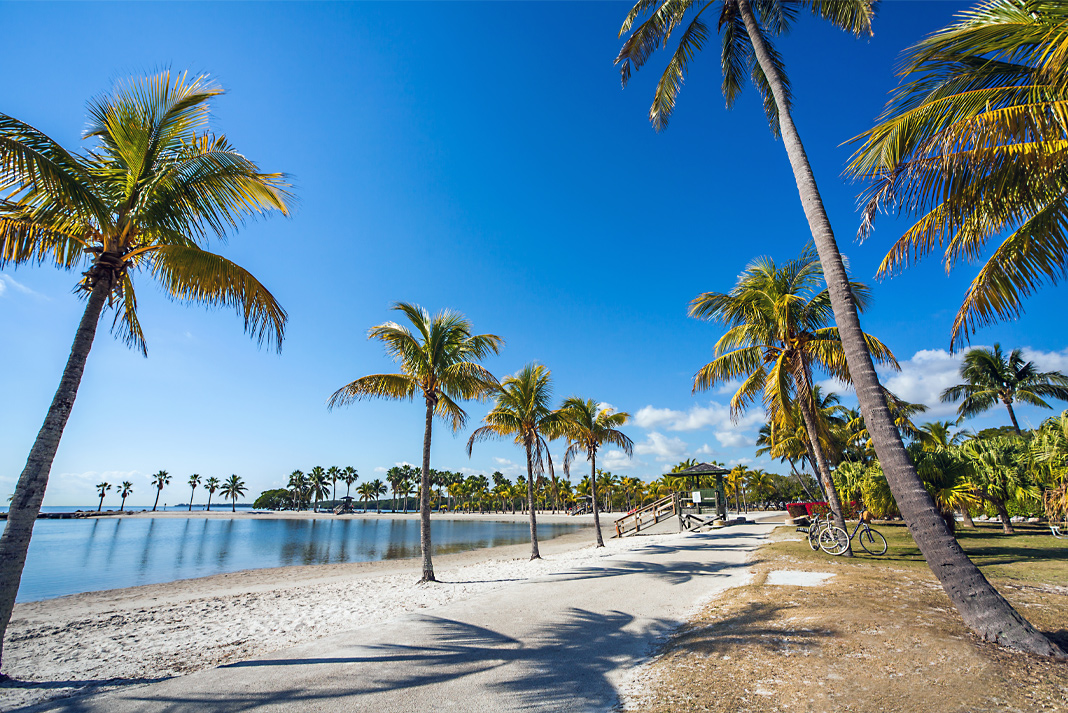
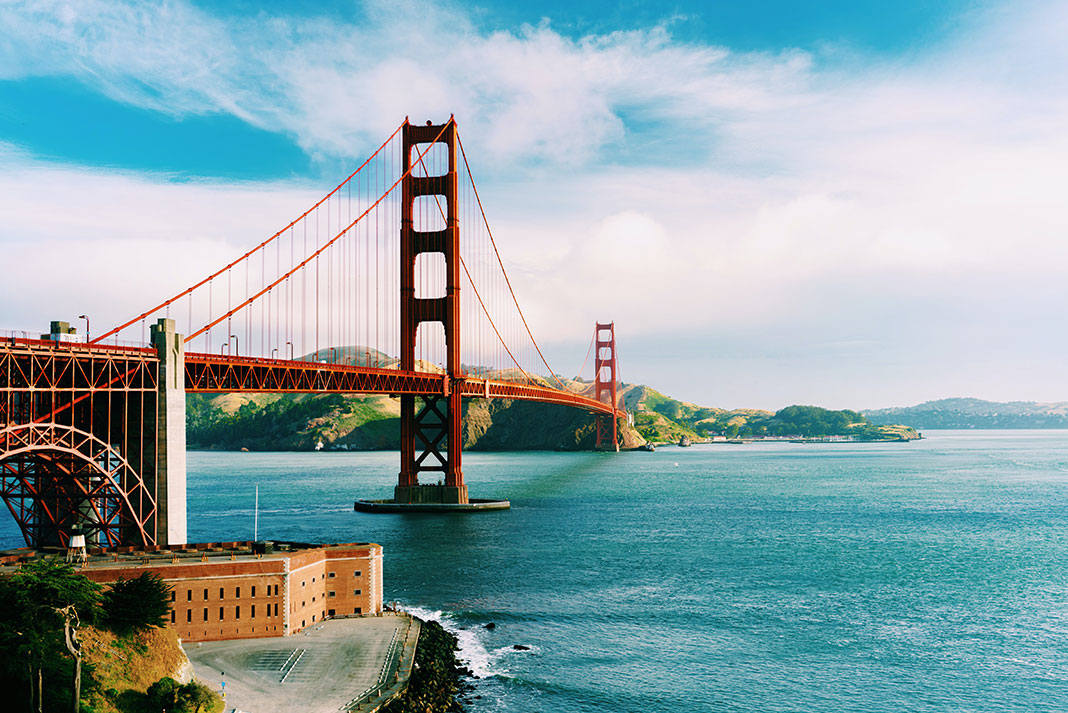
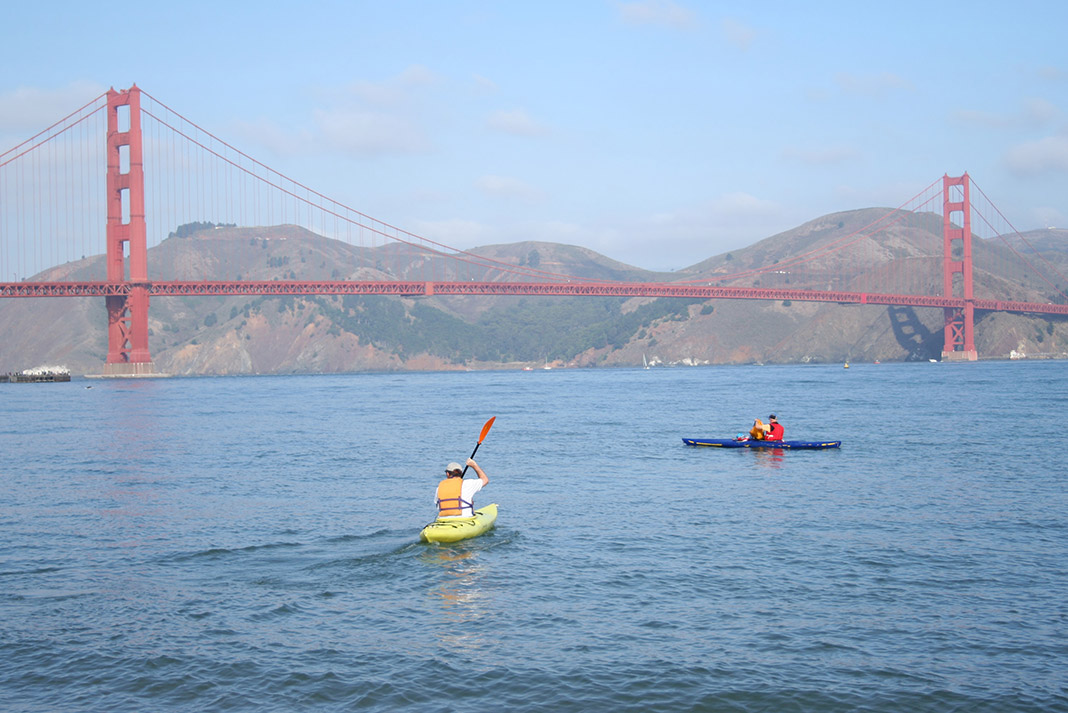
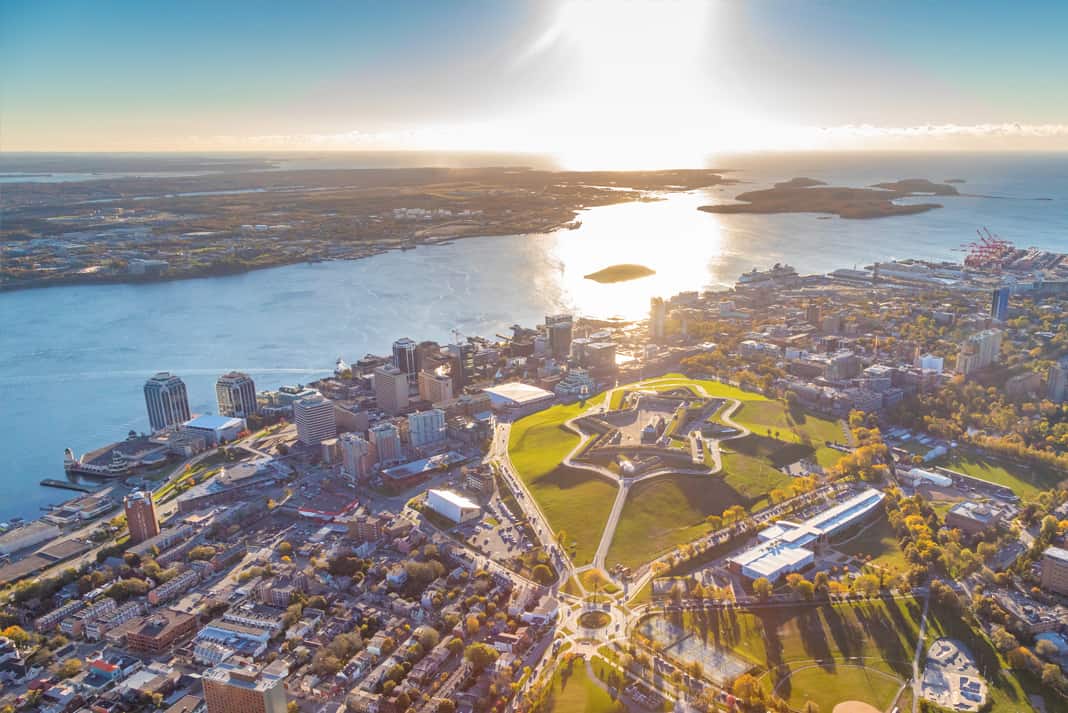
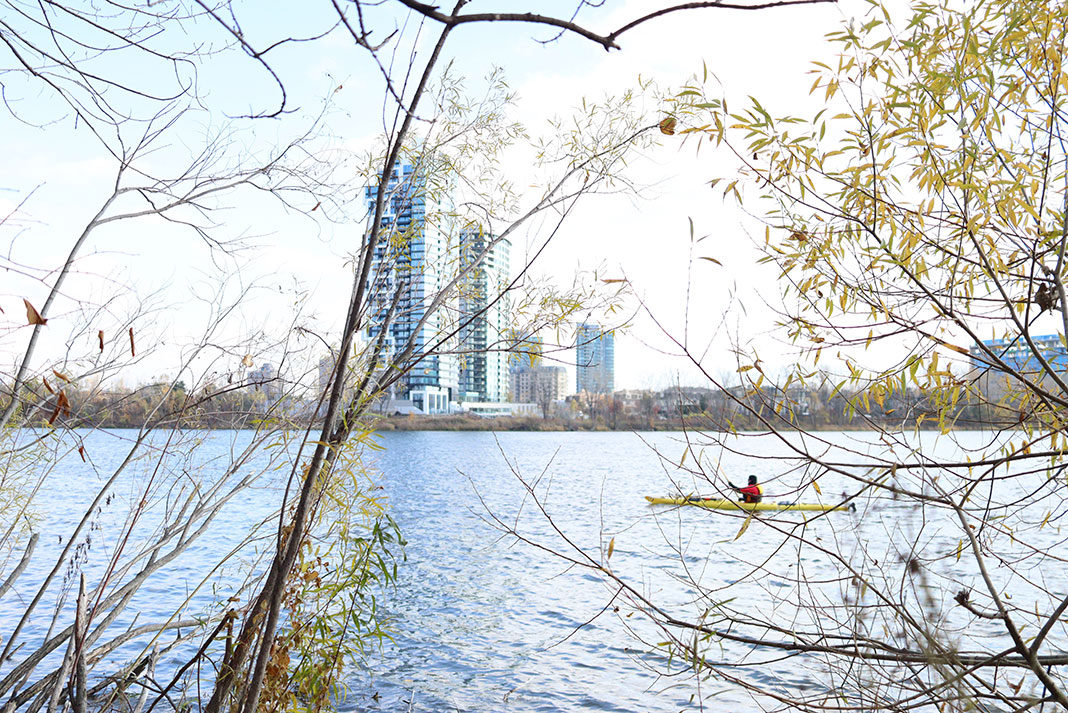
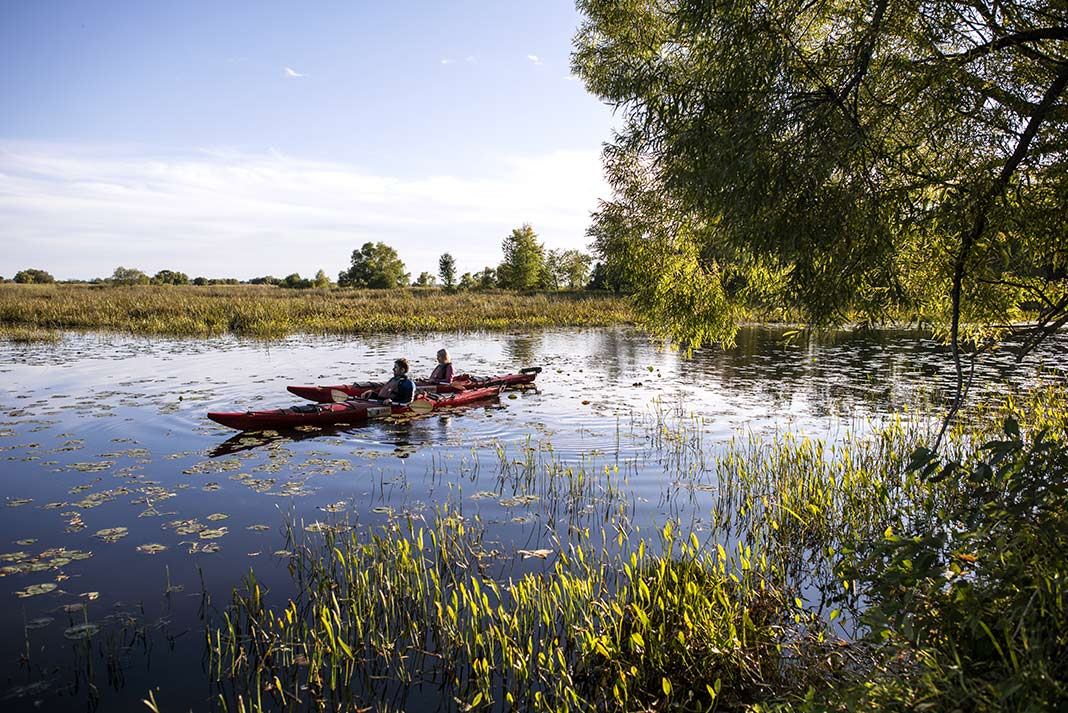
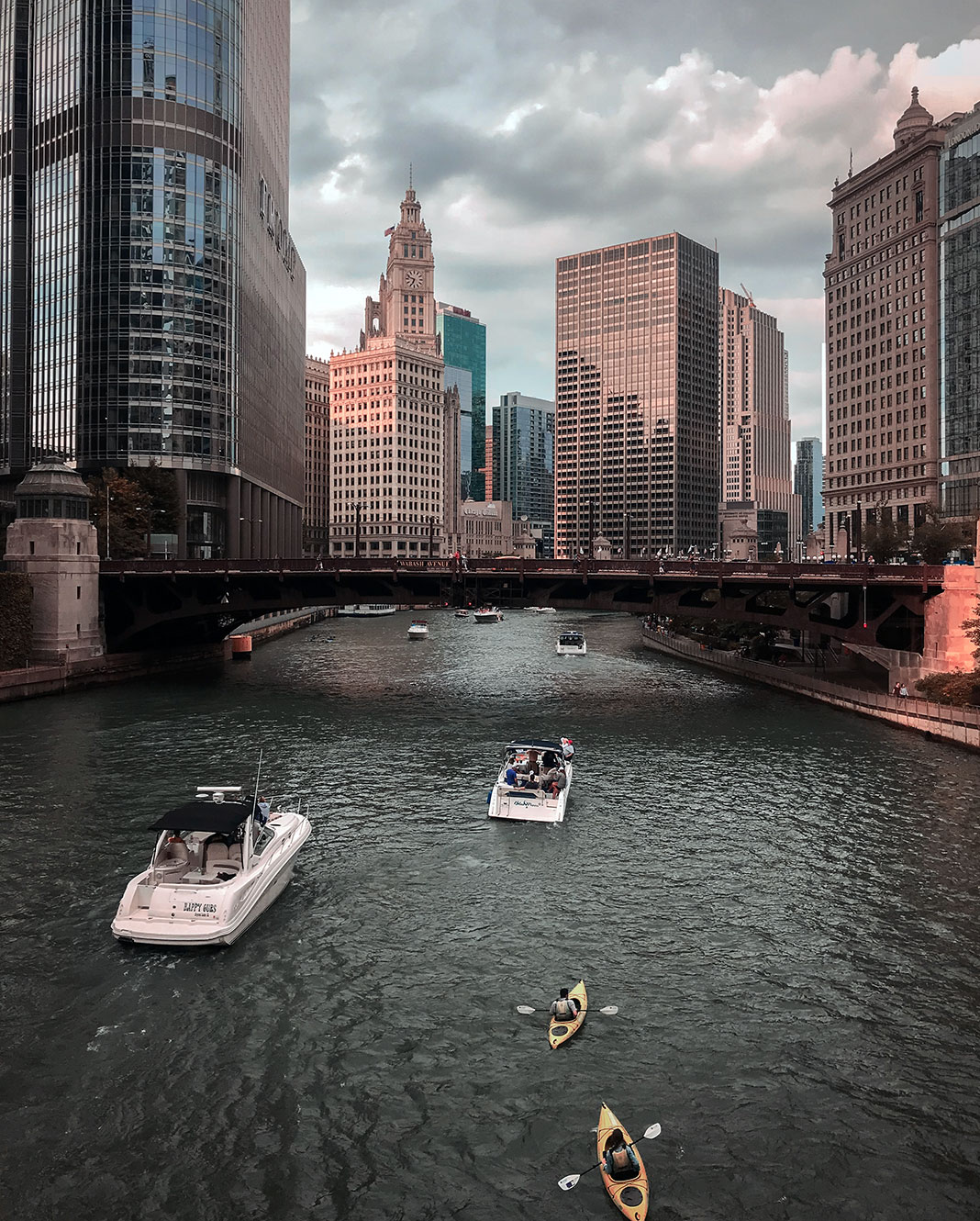
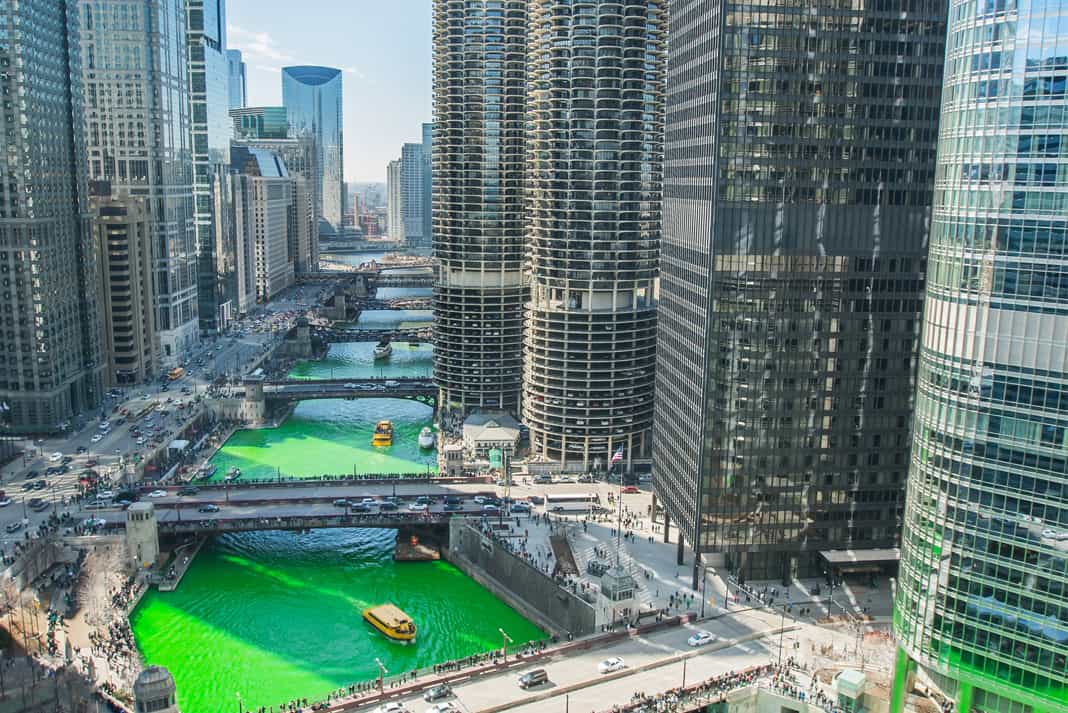
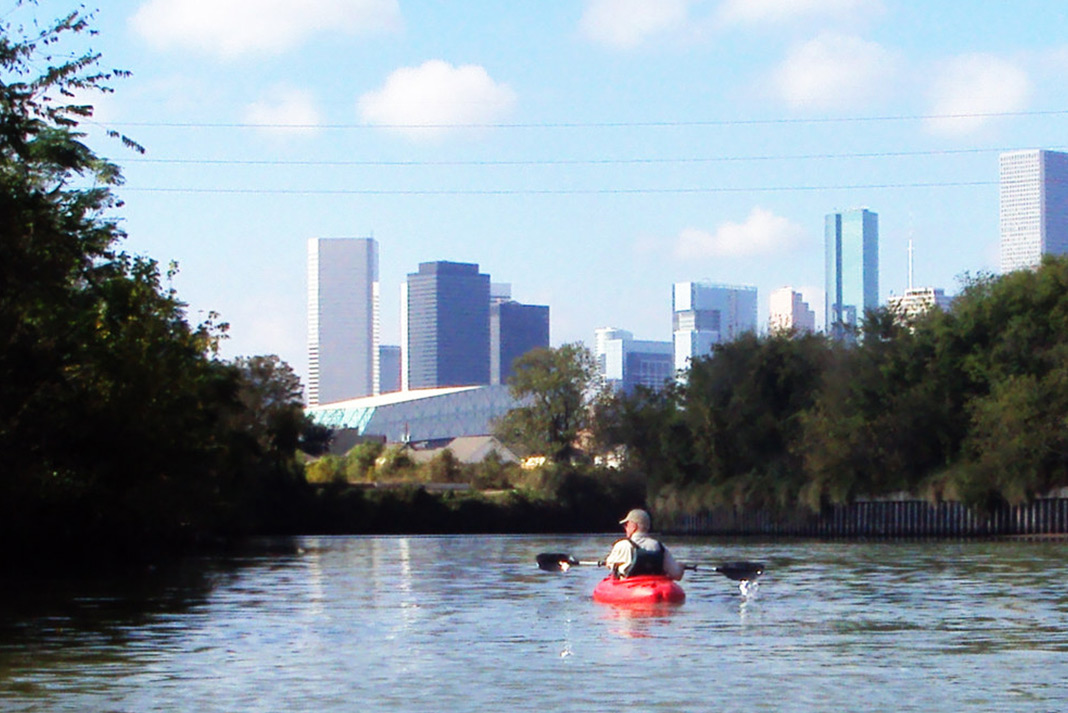
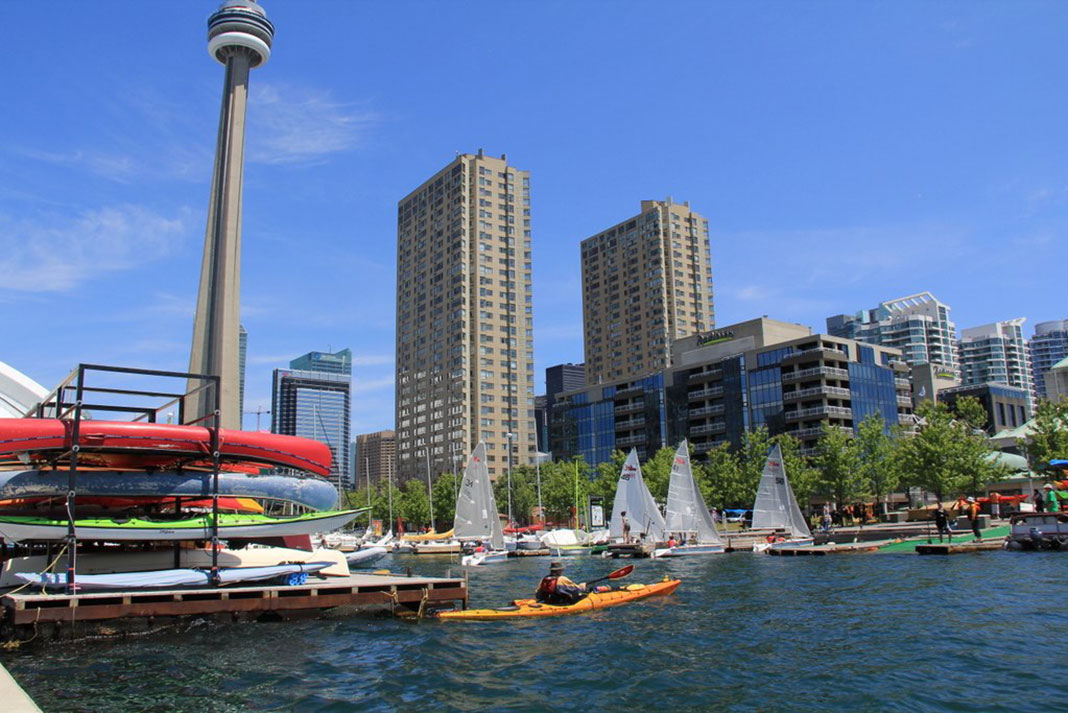
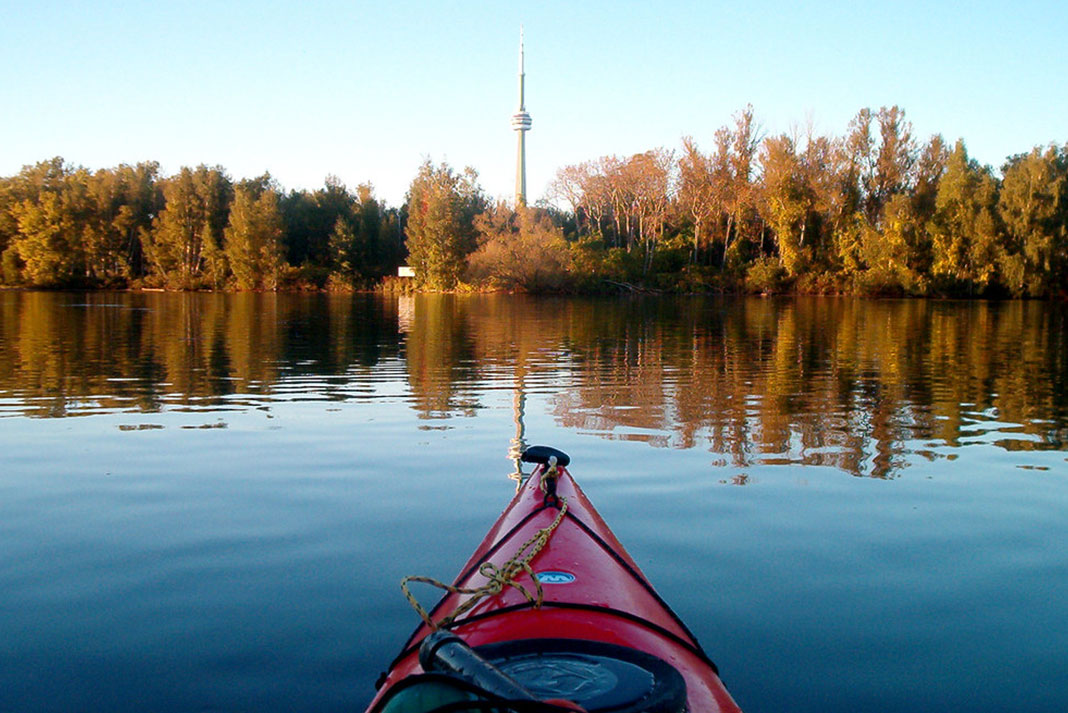
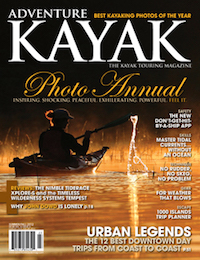 This article was first published in the Summer/Fall 2012 issue of Adventure Kayak Magazine.
This article was first published in the Summer/Fall 2012 issue of Adventure Kayak Magazine. 